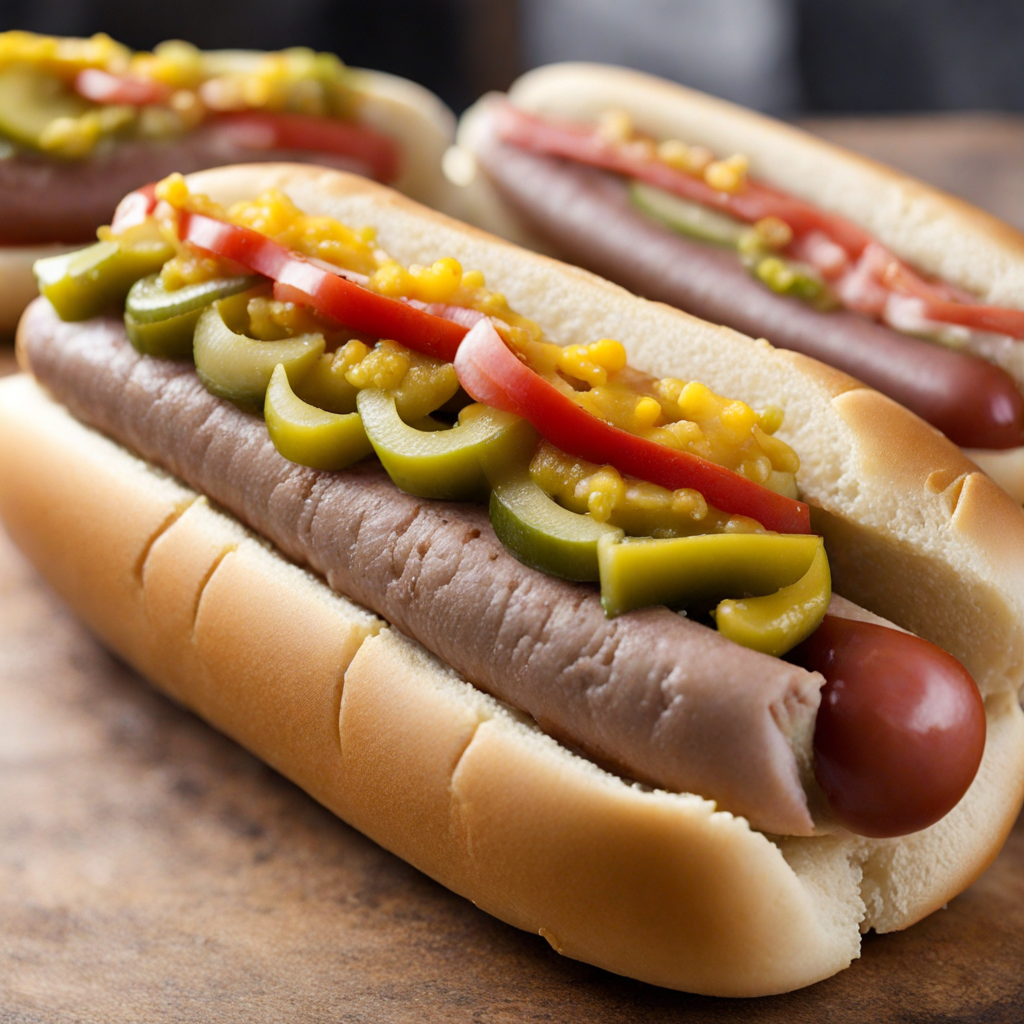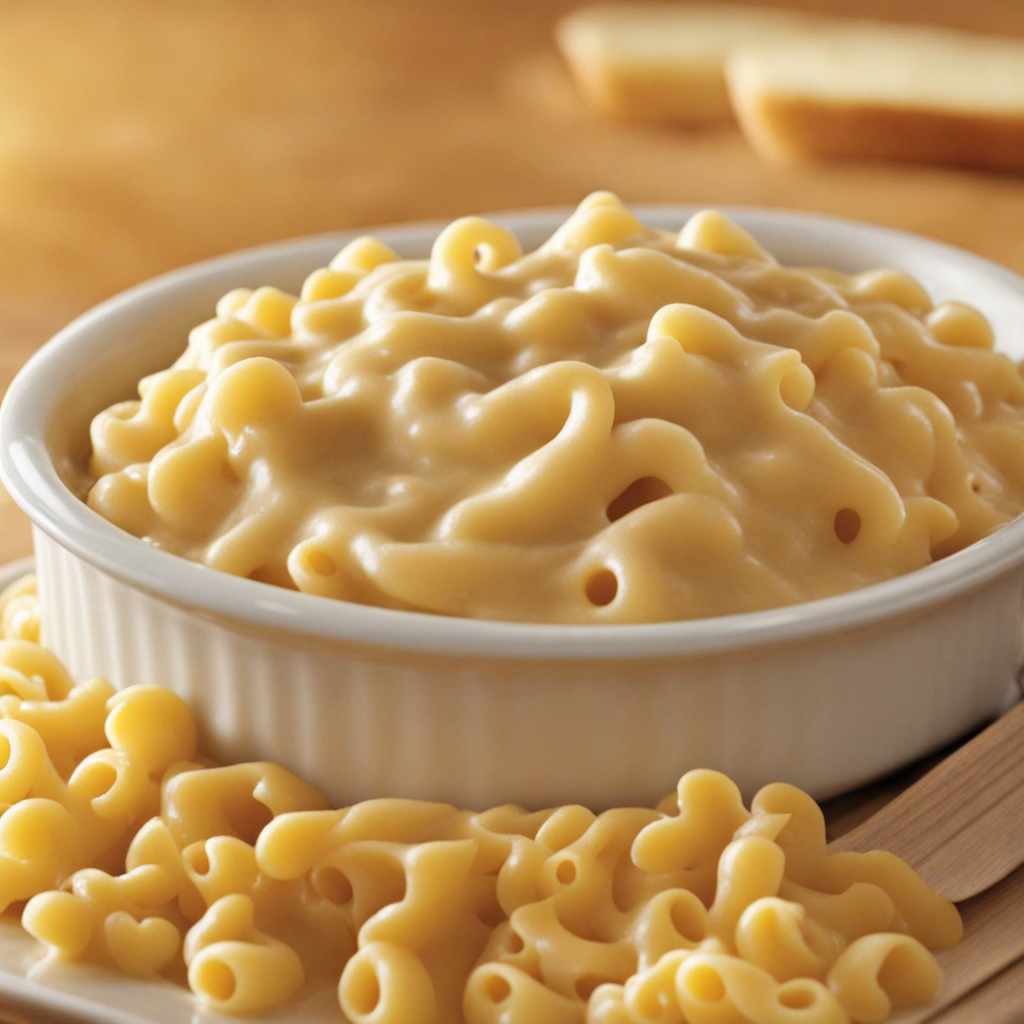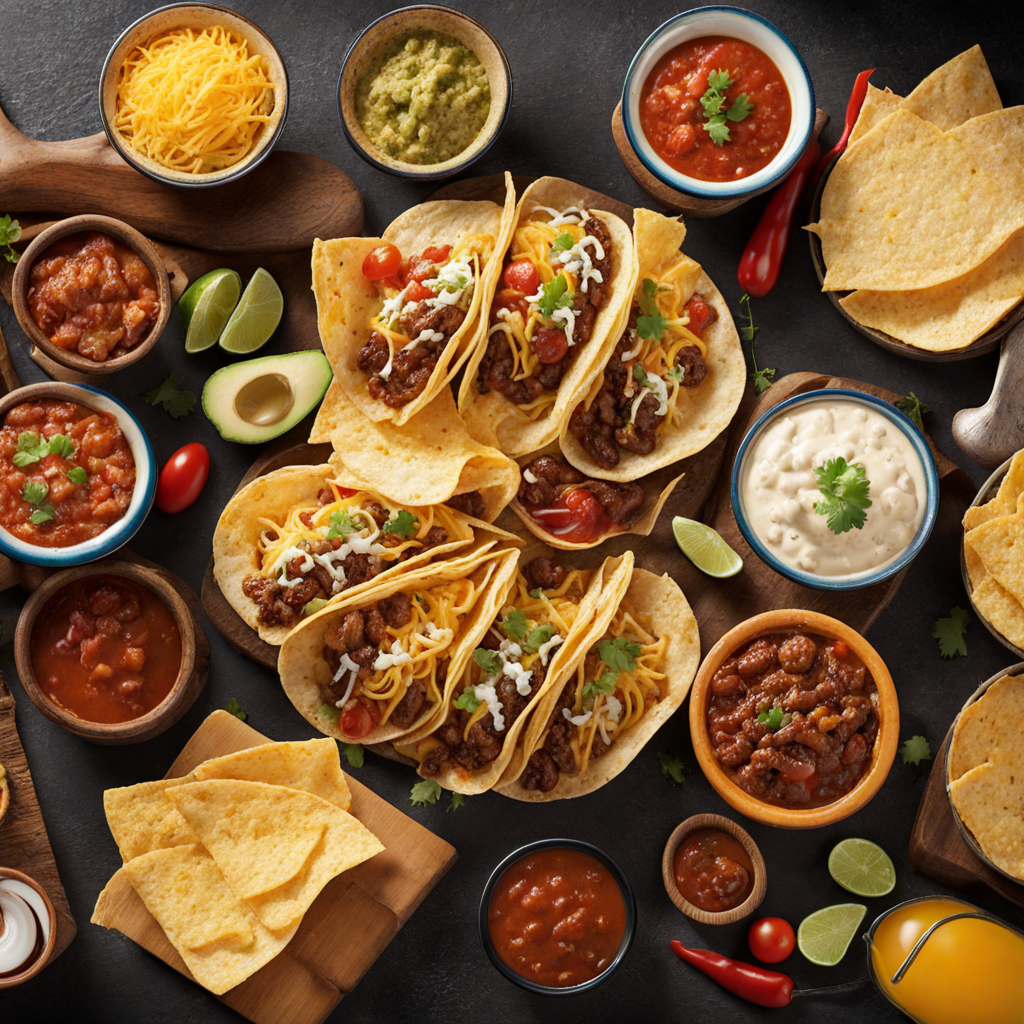Chicago-style Hot Dog
Chicago-style hot dog is a culinary staple that hails from the Windy City, renowned for its distinctive flavor profile and unique assembly. At its core, this hot dog features an all-beef sausage, which is typically steamed or boiled to achieve a juicy, tender bite. The sausage is placed inside a poppy seed bun, which adds a subtle crunch and nutty flavor, perfectly complementing the meat. The preparation of a Chicago-style hot dog adheres to a strict no-ketchup rule, making room for a symphony of fresh toppings instead. The toppings are what truly set a Chicago-style hot dog apart. It is generously adorned with yellow mustard, bright green sweet relish, chopped onions, tomato wedges, a dill pickle spear, and a dash of sport peppers, creating a vibrant mosaic of colors and flavors. Each ingredient contributes its own unique taste; the sweetness of the relish, the crunch of the onions, and the heat from the sport peppers come together to create a harmonious blend that tantalizes the taste buds. A sprinkle of celery salt finishes it off, adding an aromatic touch that elevates the entire experience. Eating a Chicago-style hot dog is not just about savoring the flavors, but also about enjoying the experience of this iconic American food. Traditionally served with a side of fries or potato chips, it embodies the spirit of street food culture, often enjoyed at sporting events, picnics, or local hot dog stands. Whether you are a first-time taster or a seasoned connoisseur, indulging in a Chicago-style hot dog promises a burst of flavor that captures the essence of Chicago's rich culinary heritage.
How It Became This Dish
The Chicago-Style Hot Dog: A Flavorful Journey Through History The Chicago-style hot dog, a culinary icon of the Windy City, is more than just a meal; it embodies the cultural tapestry and historical evolution of Chicago itself. With its unique assembly of toppings and distinct preparation method, the Chicago-style hot dog tells a story of immigration, regional pride, and culinary creativity that dates back to the early 20th century. #### Origins: The Birth of an Icon The origins of the Chicago-style hot dog can be traced back to the late 1800s and early 1900s, when waves of immigrants began to populate the city. Among them were German, Polish, and Italian communities, each contributing to the local food landscape. The hot dog, originally made from leftover scraps of meat, became a popular street food, especially among working-class citizens who sought quick and affordable meals. The specific Chicago-style hot dog as we know it today began to take shape in the 1920s. The classic version consists of an all-beef frankfurter served in a poppy seed bun, adorned with a colorful array of toppings: yellow mustard, chopped onions, green sweet pickle relish, a slice of tomato, a dill pickle spear, sport peppers, and a sprinkle of celery salt. This combination, often referred to as "dragged through the garden," reflects the city’s embrace of fresh ingredients and colorful presentation. The term "Chicago-style" itself is believed to have emerged in the 1950s, but the hot dog gained national attention when local vendors began selling them at fairs, sports events, and street corners. The hot dog became synonymous with the city, reflecting both its culinary tradition and the spirit of its people. #### Cultural Significance: A Symbol of Chicago The Chicago-style hot dog is more than just a food item; it is a symbol of the city’s identity. The toppings are not merely for flavor; they represent the city's diverse cultural influences and the pride of its residents. For instance, the use of yellow mustard and green relish showcases German and Polish roots, while the dill pickle and tomatoes highlight the Italian influence. The hot dog has also become a staple at Chicago's iconic ballparks, particularly Wrigley Field, home of the Chicago Cubs, where fans indulge in this local delicacy while cheering for their team. The Chicago-style hot dog has transcended its status as street food to become a beloved emblem of local culture, eagerly consumed during summer picnics, barbecues, and family gatherings. Moreover, the Chicago-style hot dog has a rich backstory connected to the city's historical events. The Great Migration in the early 20th century saw many African Americans move to Chicago in search of better opportunities, bringing with them various culinary traditions. The hot dog became a vehicle for cultural exchange, with different communities adding their unique flavors and styles, thereby enriching the Chicago food scene. #### Development Over Time: A Culinary Evolution As the years went by, the Chicago-style hot dog evolved while remaining true to its roots. The initial popularity of the hot dog led to an explosion of hot dog stands and restaurants dedicated to this iconic dish. By the 1930s, establishments like Portillo's and Vienna Beef began to emerge, solidifying the hot dog's place in Chicago's culinary landscape. In the mid-20th century, the Chicago-style hot dog faced competition from other regional variations, such as the New York-style hot dog, which typically features sauerkraut and mustard, or the chili dog, topped with a rich meat sauce. However, the Chicago-style hot dog held its ground, partly due to its unique assembly and the often-quoted phrase, "No ketchup," which has become a rallying cry for purists who believe that the integrity of the hot dog is compromised by the presence of this condiment. In the late 20th and early 21st centuries, the Chicago-style hot dog underwent further transformation as chefs and food enthusiasts began experimenting with gourmet versions. These variations include alternative meats like turkey or vegan options, as well as creative toppings such as avocado, sriracha, or kimchi. Despite these modern adaptations, the classic Chicago-style hot dog remains a beloved staple, representing a nostalgic connection to the past. #### The Hot Dog Wars: A Community Divided In recent years, the Chicago-style hot dog has been at the center of some lighthearted debates among local residents and food enthusiasts. The “Hot Dog Wars” arise from differing opinions on the proper way to prepare and serve the dish. Some argue for strict adherence to the traditional recipe, while others embrace innovation and experimentation. This playful rivalry highlights the passion Chicagoans have for their hot dogs and the pride they take in their city’s culinary heritage. Moreover, events like the annual Chicago Hot Dog Fest celebrate this beloved dish and encourage local vendors to showcase their unique takes on the classic. These festivals not only promote local businesses but also foster a sense of community among Chicagoans, who come together to enjoy the hot dog that symbolizes their city. #### A Legacy of Flavor Today, the Chicago-style hot dog stands as a testament to the city’s rich history and diverse cultural influences. It remains a staple of Chicago street food, found at numerous hot dog stands, restaurants, and festivals throughout the city. The hot dog continues to evolve, but its core identity—an all-beef frankfurter in a poppy seed bun, dressed with a medley of colorful toppings—remains unchanged. As Chicagoans and visitors alike indulge in this iconic dish, they partake in a shared experience that transcends generations. The Chicago-style hot dog is not just about flavor; it encapsulates the spirit of a city that celebrates its past while continually embracing innovation. In every bite, one can taste the history, culture, and love for a city that has made the Chicago-style hot dog a true American classic.
You may like
Discover local flavors from United States







